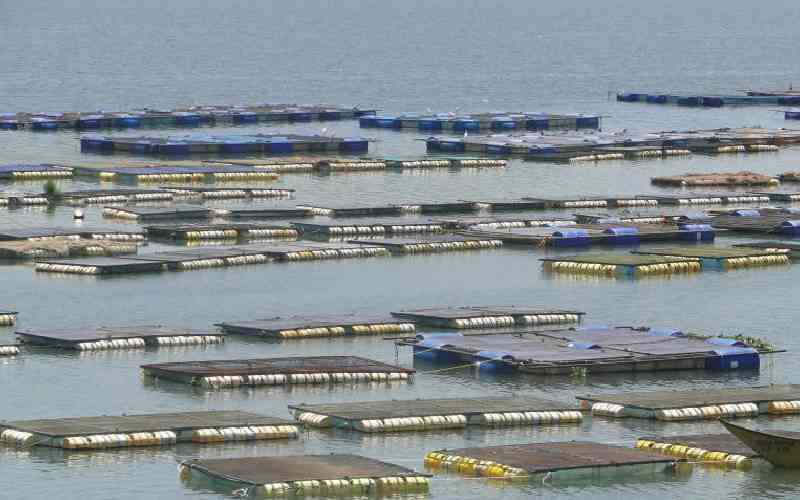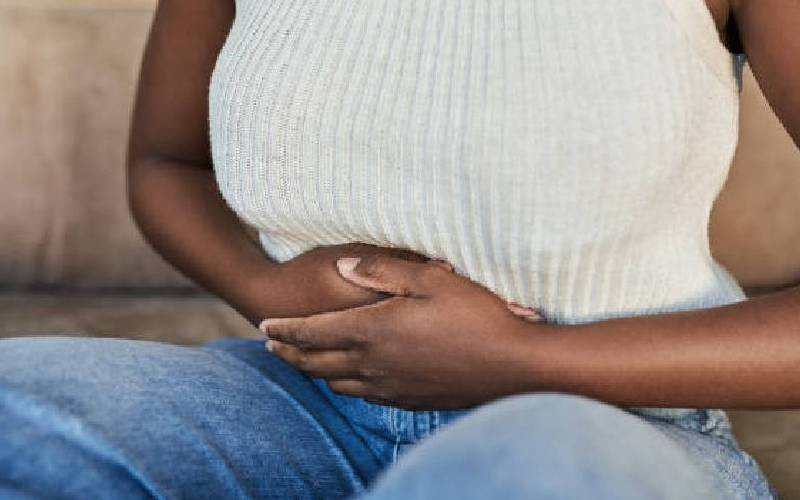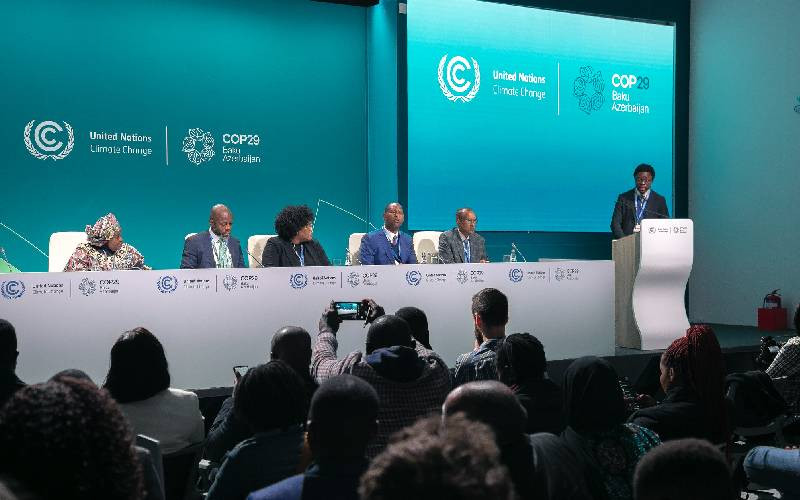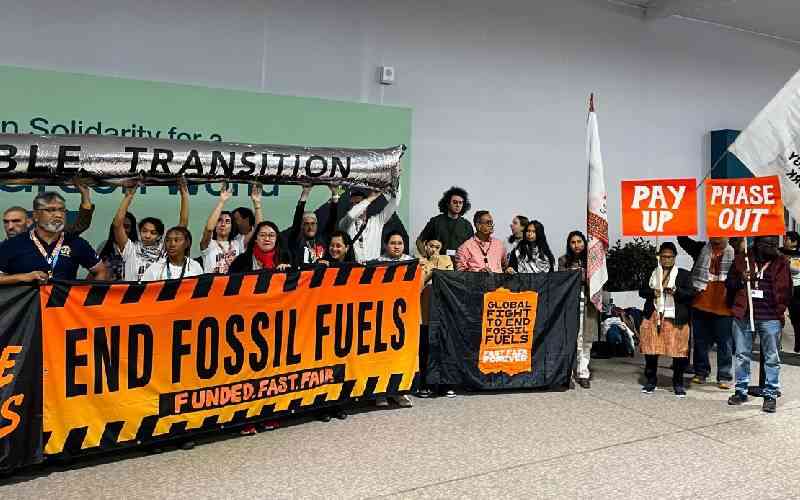
With pride, James Omollo stands by the shores of Lake Victoria, directing his attention towards two floating fish cages. As he recounts their impact on his life and that of his family, his face lights up with delight.
These cages have become the catalyst for transforming his fortunes and contributing to the local market's demand for fresh fish, which has been plagued by diminishing stocks in natural waters.
"I will keep expanding my business and adding more cages to the lake as long as it allows me to provide for my family and generate income," Omollo says, his determination palpable in his voice.
The onset of floating fish cages can be traced back to 2013 when successful trials were conducted at Dunga Beach in Kisumu County by the Kenya Marine and Fisheries Research Institute (KMFRI).
Since then, this innovative technology has gained momentum, and currently, cage farming thrives in five riparian counties: Migori, Siaya, Homabay, Busia, and Kisumu.
However, Dr Chrisphine Nyamweya assistant director at KMFRI, observed with rising cage culture investments, concerns about environmental degradation are growing.
"The practice brings about the discharge of particulate and dissolved nutrients from uneaten waste feed, fecal matter, and excretory products which are bound to negatively impact the fishery environment," Nyamweya says. He explained the nutrients are toxic in the lake as they increase pollution.
Data at KMFRI shows there are over 6,000 fish cages on the Kenyan portion with each cage having the capacity to produce one tonne of fish annually.
According to KMFRI the current aquaculture capacity in the lake is 60,000 tons of fish annually against production from the wild which is 100,000 tons of fish annually.

"The cage culture is growing rapidly and will soon overtake the wild and natural fish production in the lake," Nyamweya observed.
The situation is not welcome by the environmentalists who claim the trend in the lake is a threat to the lake's ecosystem and a possibility of losing important species. The scientists observed that the changing dynamics of Lake Victoria fisheries over the last decade have led to an altered ecosystem.
Michael Nyaguti, the chairman of Magnum Environment Network protested that many cages are installed in the lake without following regulations.
He said farmed fish do escape and interact with other fish in the wild resulting in the spread of diseases and parasites.
"All these may result in ecological simplicity, and decrease in genetic diversity (due to genetic dilution) and increased mortality of the wild stocks from diseases," he explained.
Adding that with all the risky factors in place, cages will end up overtaking the natural fish production which will alter the entire lake ecosystem.
KMFRI data shows that species like Tilapia have already shrunk by more than 50 per cent in the last decade but the resilient Nile perch shrunk by 23 percent.
In the last 50 years, Lake Victoria produced about 60,000 metric tonnes of Tilapia annually. Currently, however, it can barely produce 20,000 tonnes.
The bigger Nile Perch has been resilient because one Nile Perch can produce 17 million eggs compared to Tilapia's 300 eggs.
But still, Nile Perch was about 340,000 metric tonnes a decade ago, but its number has steadily dropped to about 200,000 metric tonnes.
 The Standard Group Plc is a multi-media organization with investments in media platforms spanning newspaper print
operations, television, radio broadcasting, digital and online services. The Standard Group is recognized as a
leading multi-media house in Kenya with a key influence in matters of national and international interest.
The Standard Group Plc is a multi-media organization with investments in media platforms spanning newspaper print
operations, television, radio broadcasting, digital and online services. The Standard Group is recognized as a
leading multi-media house in Kenya with a key influence in matters of national and international interest.











